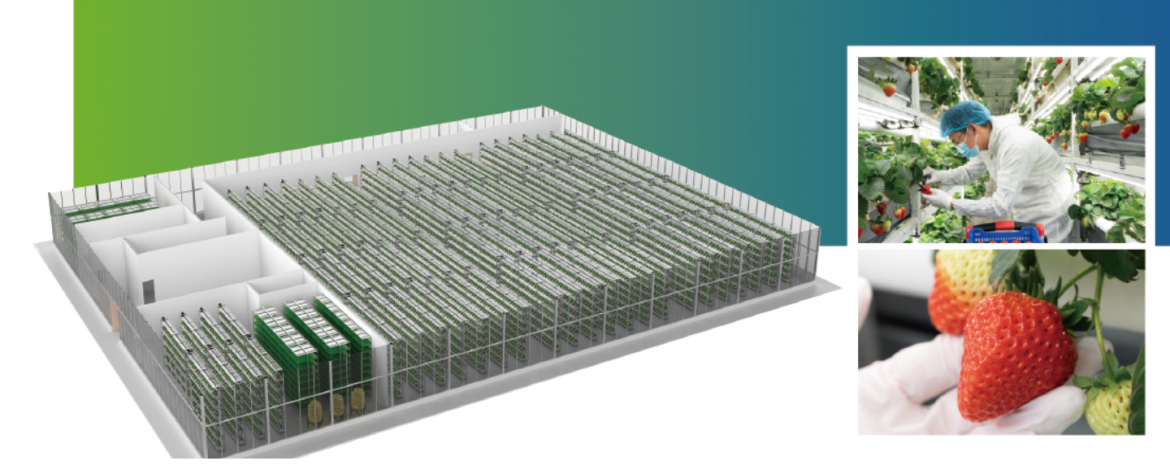Urban agriculture is evolving rapidly as cities seek more efficient and sustainable ways to produce fresh food. Innovative farming solutions are becoming central to this transformation, enabling growers to maximize yield and quality in limited spaces. Vertical farming, in particular, addresses challenges such as land scarcity, climate variability, and the need for local, fresh produce. By using multi-layered cultivation systems, growers can increase output per square meter while maintaining consistent crop quality. These methods are gaining attention in regions like Europe, North America, and the Middle East, where urban populations are growing and sustainability initiatives are prioritized. In addition, vertical farming offers opportunities for local businesses to integrate fresh produce into supply chains more effectively, supporting urban communities and reducing reliance on imported food.
Vertical Farming: Optimizing Growth and Productivity
The adoption of vertical farming systems exemplifies how advanced farming solutions can enhance productivity. By stacking crops in controlled environments, growers can precisely manage light, temperature, humidity, and nutrient delivery. Modern systems integrate LED plant lights, hydroponic or aeroponic nutrient management, and AI-driven monitoring, creating stable conditions that are independent of seasonal variations. This approach allows year-round production of high-quality crops while minimizing resource usage. In projects across Europe, Australia, and Singapore, vertical farming has enabled operators to produce larger quantities of vegetables and fruits on smaller footprints, supporting local markets and reducing dependence on long-distance transportation. Furthermore, these systems can be adapted to different crop types, offering flexibility for growers to experiment with diverse plant varieties without compromising efficiency.
Integrating Technology for Large-Scale Cultivation
Technology plays a pivotal role in the effectiveness of vertical farming. Companies such as 4D Bios offer comprehensive solutions that combine automation, precision nutrient management, and AI environmental control for large-scale cultivation. For instance, they have implemented projects covering areas over 1,700 square meters with multi-layer vertical planting setups. These systems can achieve more than 300% of the yield compared to traditional planting methods. Crops like strawberries benefit from a stable growing environment, allowing continuous production of healthy, disease-free plants year-round. By using these integrated approaches, experienced growers can maintain consistent quality while optimizing efficiency in urban agricultural operations. This integration of technology ensures that each plant receives the ideal growth conditions, reducing waste and enhancing overall sustainability.
Conclusion
The adoption of vertical farming is expanding rapidly in regions such as the Gulf countries, the USA, Canada, and New Zealand, supported by local policies promoting sustainable agriculture. Advanced farming solutions enable urban growers to address food security, reduce environmental impact, and enhance the reliability of local food supply chains. Companies like 4D Bios are at the forefront, providing innovative plant factory equipment and comprehensive services tailored for experienced operators. Their solutions integrate vertical cultivation, precision lighting, AI-controlled environments, and nutrient management, ensuring high productivity and quality. By embracing these methods, cities can transform urban agriculture into a viable, sustainable, and efficient food production system, benefiting both local communities and the broader agricultural industry.
